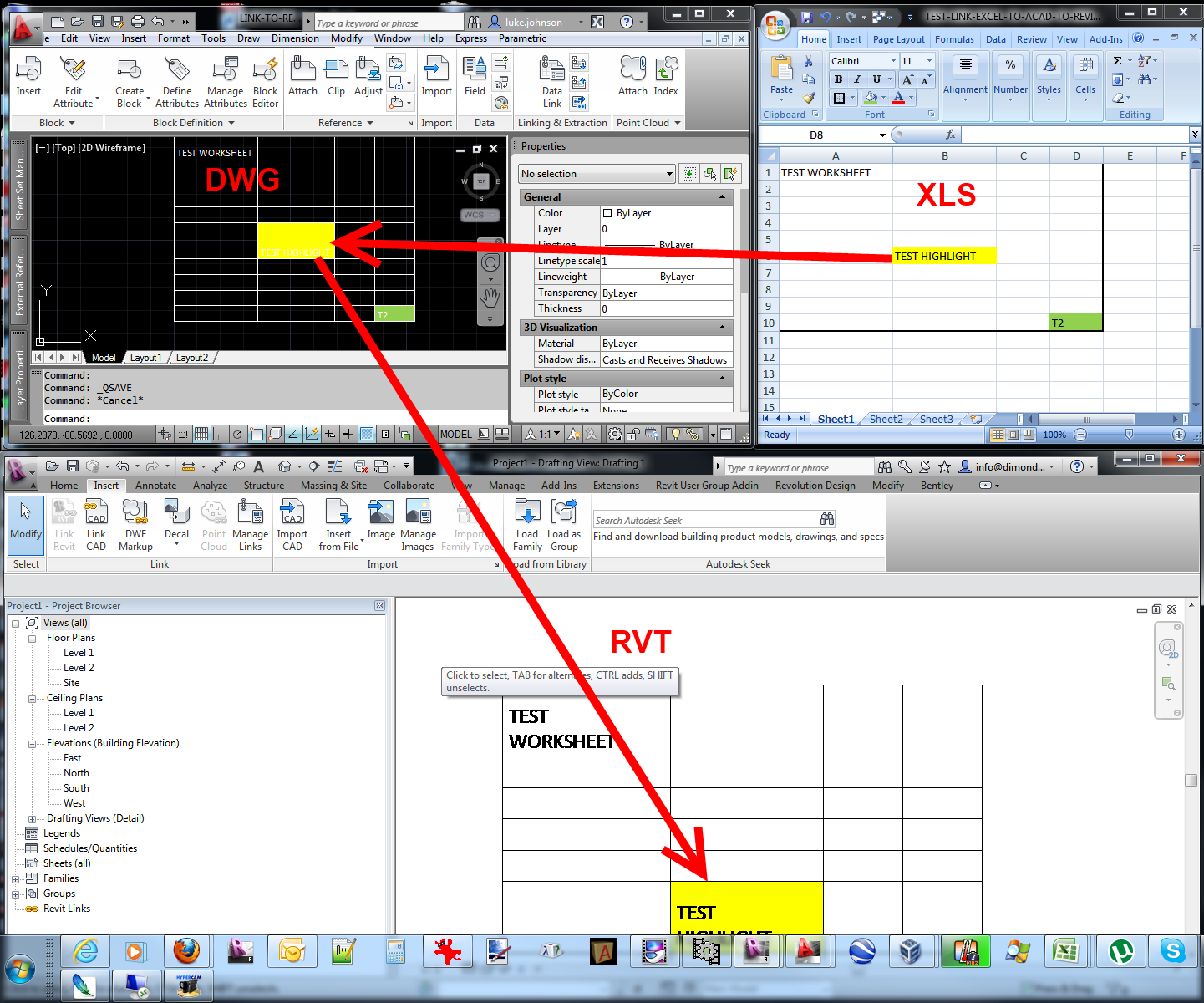Grasping the Art of Data Combination: Just How to Seamlessly Import Excel Info Into Revit
In this post, we will certainly guide you through the process of mastering the art of data combination. Obtain all set to prepare your Excel information effortlessly and follow our step-by-step guide to import files into Revit. With our best methods, you'll accomplish information combination success in no time.
Recognizing the Relevance of Information Integration in Revit
Understanding the importance of data integration in Revit is critical for smooth importing of Excel documents. It allows you to successfully manage and upgrade information throughout the entire project when you integrate data from Excel right into Revit. This assimilation ensures that your layout and building process is accurate and current.
By integrating information, you can conveniently import and update parameters, timetables, and also geometry in Revit. This gets rid of the need for hand-operated information entry, conserving you time and lowering the danger of errors. With Revit's information combination capabilities, you can keep uniformity and accuracy in your task, while likewise improving cooperation among employee.

Discovering the Excel Documents Layout for Revit Assimilation

In order to successfully incorporate Excel data into Revit, it is important to guarantee that the data is formatted correctly. This consists of effectively identifying rows and columns, in addition to structuring the data in a way that works with Revit's information schema. Revit utilizes certain parameters and categories to arrange information, so it is essential to straighten the Excel data with these parameters to make sure a seamless assimilation.
Furthermore, it is necessary to keep in mind that Revit only sustains certain information types when importing from Excel. These consist of text, numbers, and days. Any type of other data kinds, such as formulas or conditional format, will not be identified by Revit and may cause concerns during the assimilation process.
Preparing Your Excel Data for Seamless Import Into Revit
To guarantee a smooth combination procedure, you'll require to properly format and label the columns and rows in your Excel data before importing it into Revit. Begin by analyzing your Excel information and recognizing which rows and columns have he has a good point relevant information for your Revit project.
Next, ensure that the data in each column is correctly formatted. For instance, if you have a column for dimensions, see to it that all dimensions are regularly formatted in the exact same units of measurement. Revit depends on regular format to properly analyze and import information.
In addition, it is essential to check Read More Here for any vacant cells or inconsistencies in your information. Revit might not have the ability to check out or import data from cells that are empty or have mistakes. It is advised to assess your Excel information and cleanse up any kind of variances before importing it right into Revit.
Step-By-Step Overview to Importing Excel Record Into Revit
When you've effectively formatted and classified your Excel information, you can easily import it right into Revit by following this step-by-step overview. To start, open Revit and navigate to the "Insert" tab. revit plugins.
Following, a dialog box will show up, enabling you to customize the import setups. Here, you can pick the worksheet you intend to import, define the series of cells to import, and pick the suitable devices for your data. When you have actually made your selections, click "OK" to proceed.
Revit will now present a preview of your Excel information. Take a moment to examine her explanation the sneak peek and guarantee that every little thing looks correct. If required, you can make adjustments to the import settings by clicking the "Setups" button.
Finest Practices for Information Integration Success in Revit
Make sure you adhere to these best techniques to make certain effective combination of information in Revit. It is important to organize your data in Excel prior to importing it right into Revit. Be conscious of the devices and data types when mapping the data, as any discrepancies can lead to mistakes in the assimilation procedure.
One more essential practice is to frequently verify and update your information. As your task advances, it is important to keep your Excel documents approximately date with any adjustments made in Revit. This will certainly help maintain the precision and consistency of your data throughout both platforms. Additionally, take advantage of data validation devices within Revit to determine any mistakes or variances in the integrated information.
Finally, it is recommended to develop a clear process for data assimilation. This includes specifying responsibilities and duties, establishing an interaction channel in between staff member, and establishing a normal cadence for data updates and testimonials. By following these ideal methods, you can make certain a smooth and effective combination of information in Revit, eventually improving the performance and accuracy of your job.
Conclusion
In verdict, grasping the art of information integration is vital for smooth import of Excel submits right into Revit. Understanding the significance of information assimilation in Revit is the initial step in the direction of effective assimilation.
When importing information from Excel right into Revit, it is important to understand the file style and exactly how it can influence the assimilation procedure (revit tool). Revit makes use of details parameters and categories to arrange information, so it is crucial to line up the Excel data with these parameters to ensure a smooth assimilation
Be conscious of the units and data kinds when mapping the information, as any type of inconsistencies can lead to mistakes in the assimilation procedure.
Furthermore, make use of information recognition tools within Revit to identify any kind of errors or disparities in the incorporated data.
